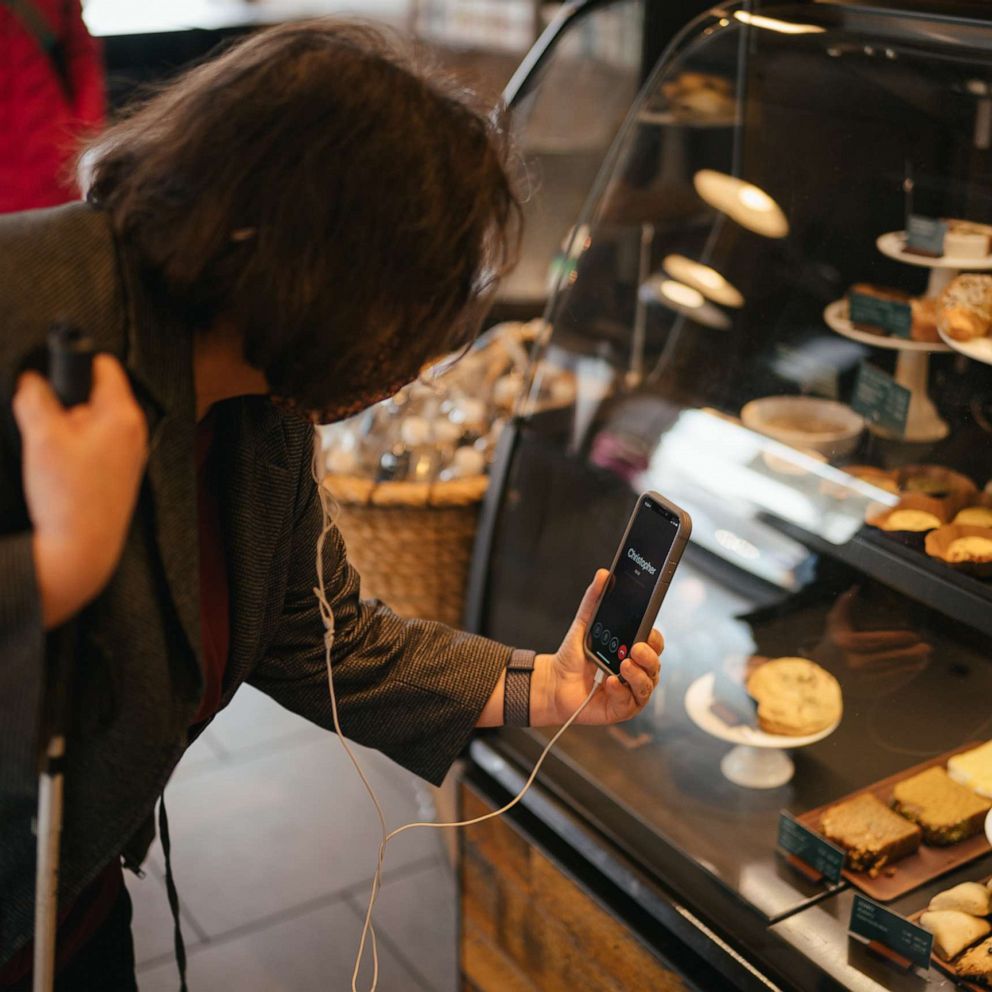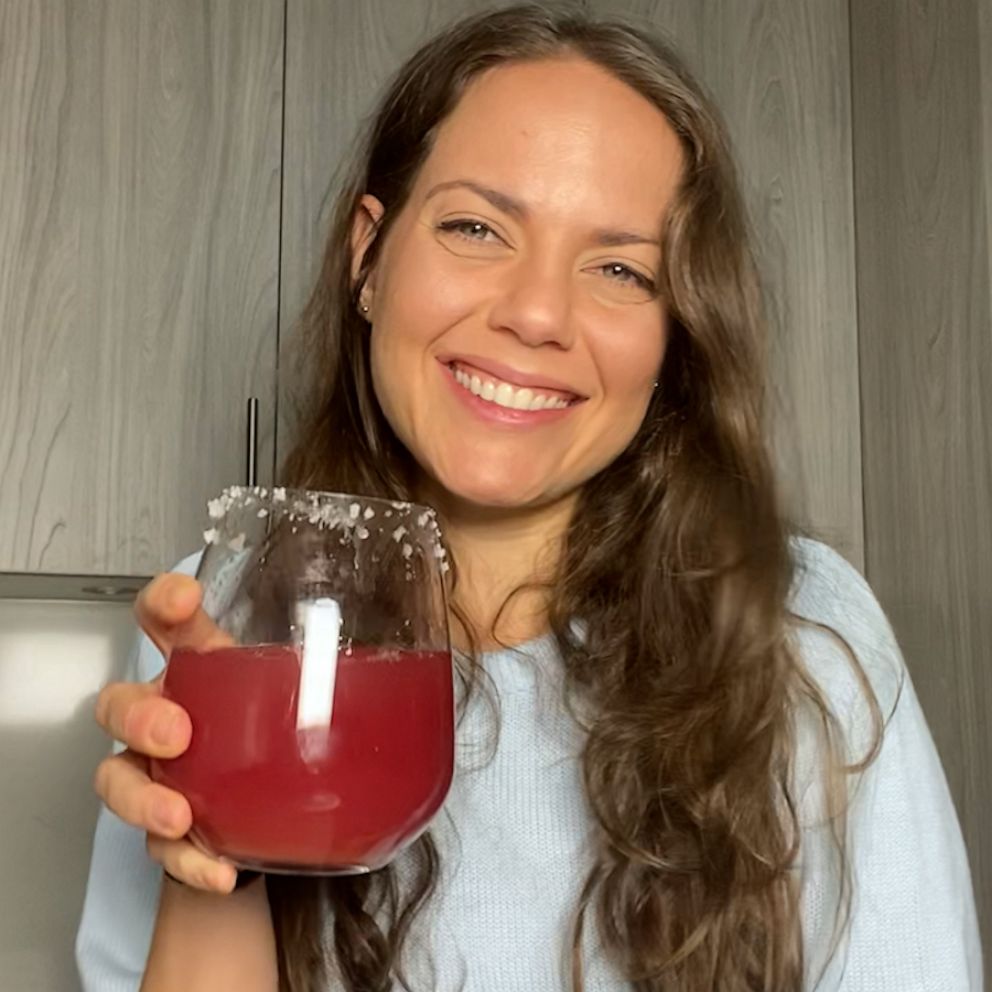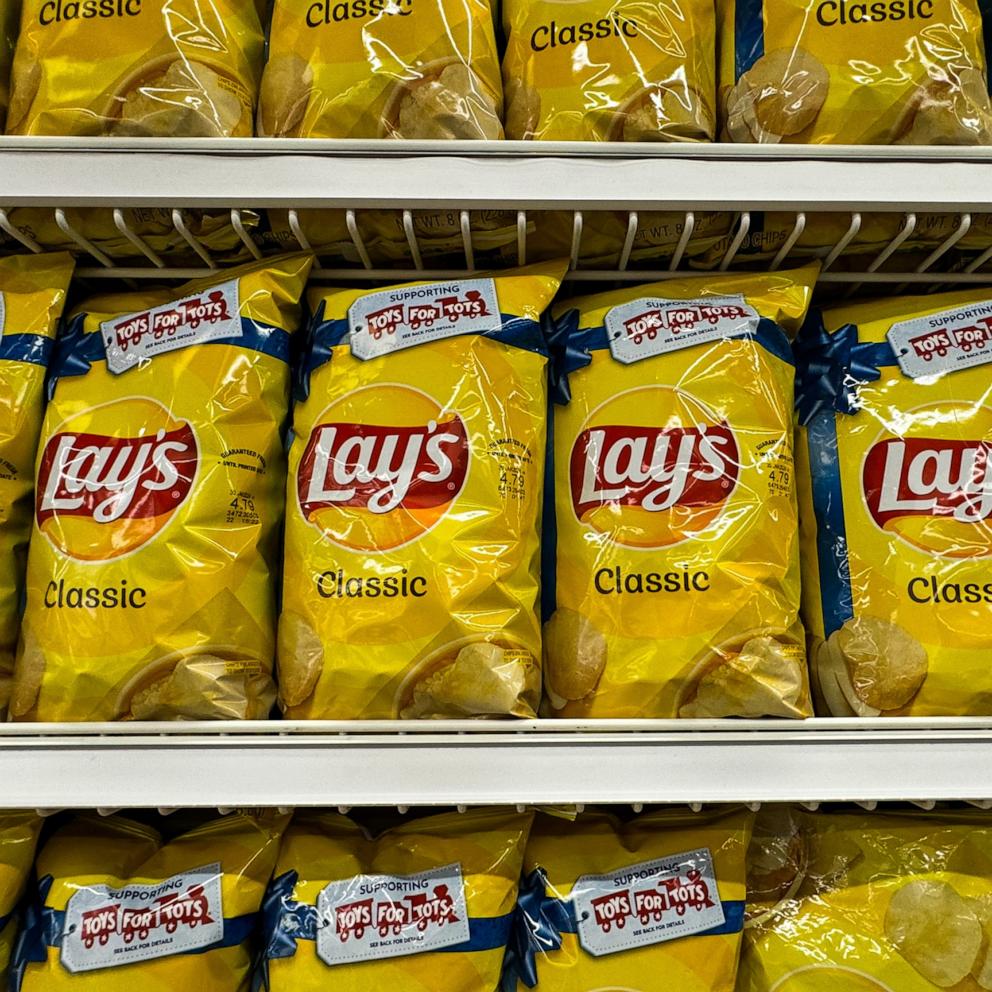What to know about Starbucks' new technology service that helps blind and low-vision customers
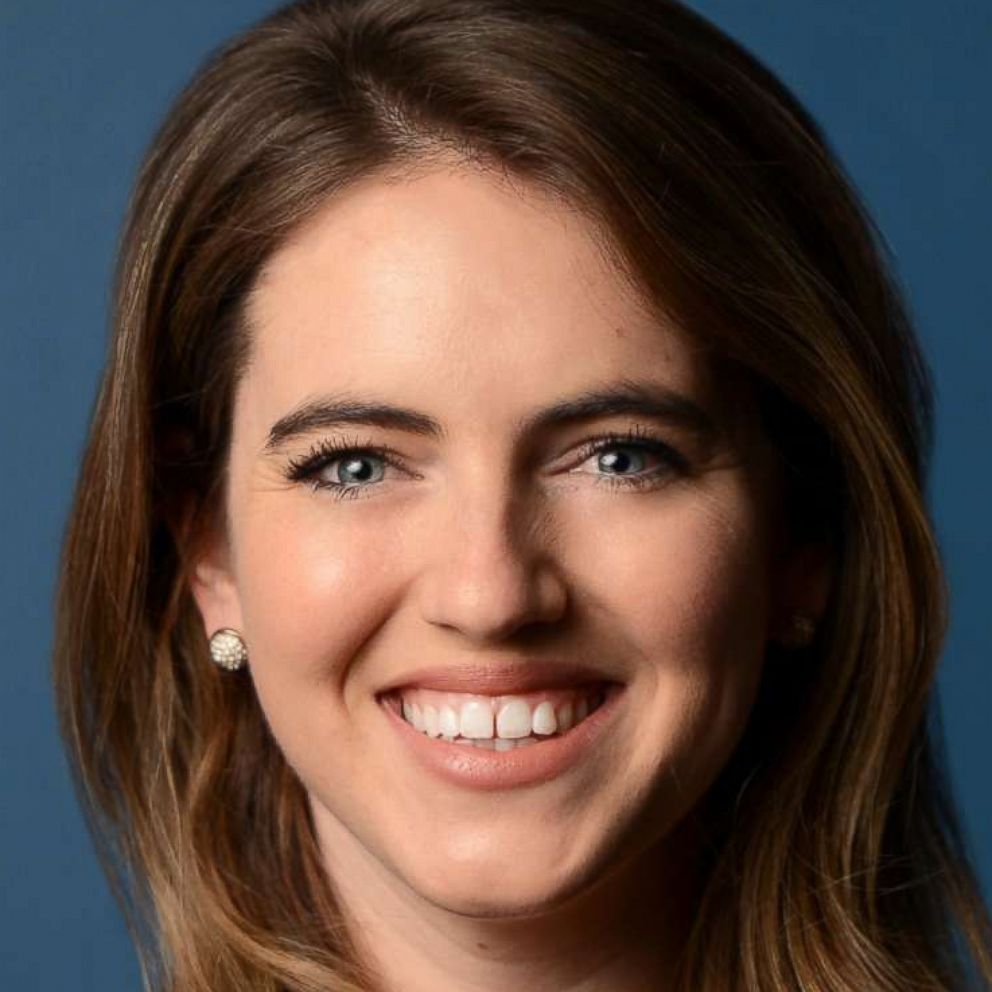
Starbucks is making coffee runs more accessible than ever with a new service to help blind and low-vision customers.
The Seattle-based company announced Monday that it now offers complimentary access to a breakthrough technology service, Aira, that connects blind and low-vision people to trained, remotely located visual interpreters who provide instant access to visual information through a third-party app.
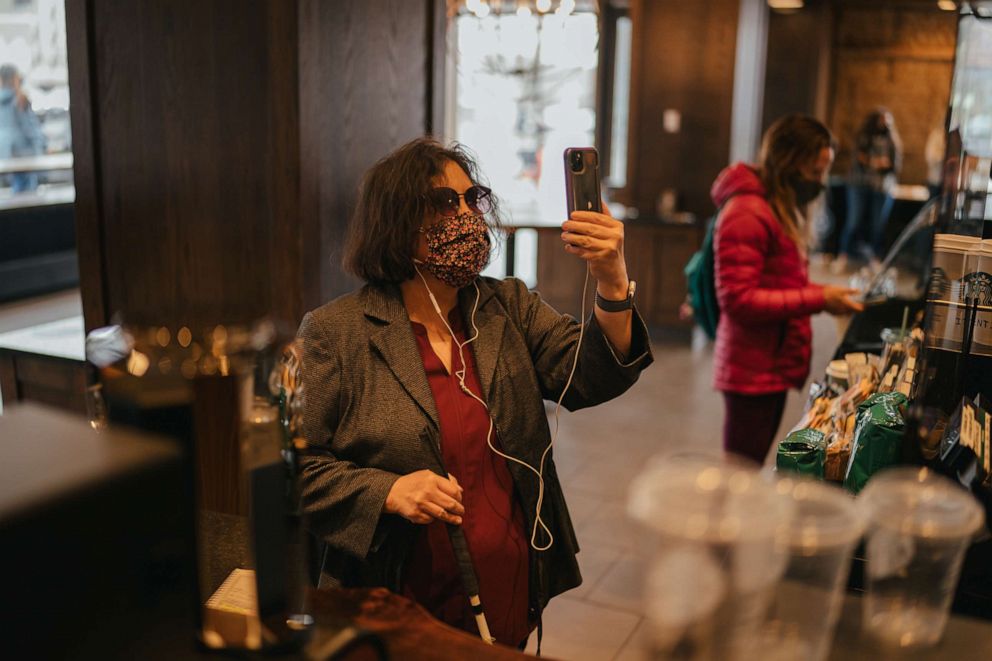
Katie Young, senior vice president of global growth and development for Starbucks, told "Good Morning America" that the innovation was born out of their core value to create "a culture of worth and belonging" and "systematically look for places of exclusion."
Sevana Massih, inclusion and diversity program manager of accessibility for Starbucks, found the San Diego-based tech company from a blind person and brought the idea to Young to test and pilot the program in less than a year.
Through Aira, a customer can ask the remote agent to describe everything from the entrance of the storefront to the order line and counter, and they will read the menu and describe different options.
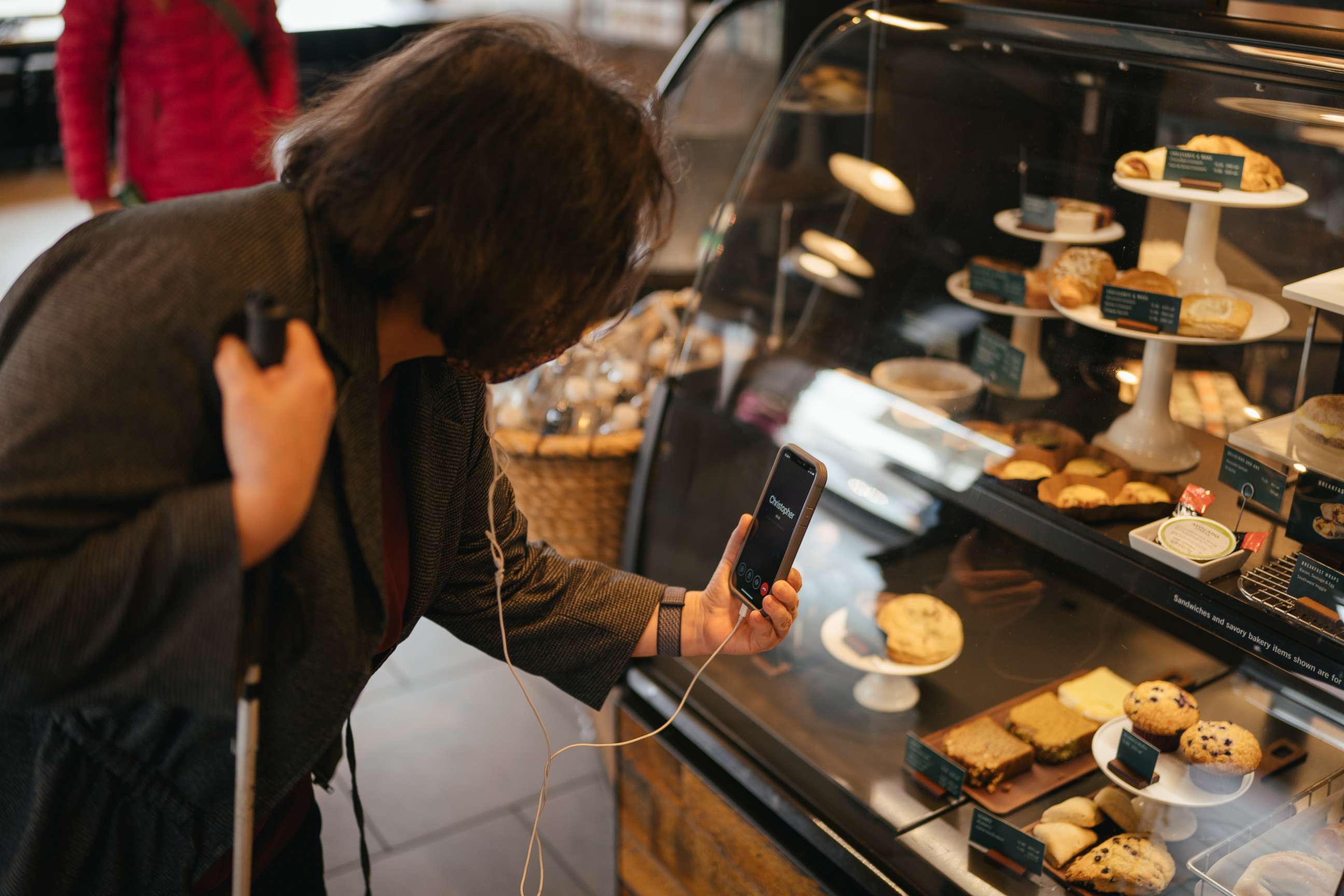
"It's human connection, it's agency. It allows the user to navigate the stores which are quite complex, they're all different -- and we've struggled in the past in terms of making that accessible," Young explained. "This is live. It's real -- once it came to us we said let's pilot this and get moving."
"During testing we did a lot of learning about the community in general and what the accessibility journey looks like for our customers," Massih said. "We realized it's a really important tool during COVID to support the individuals to be able to successfully navigate our stores. It provides them the feedback that they need to be able to do that."
Starbucks is the first food and beverage company to offer the broader visual interpreter service.
"It was pretty quick that we realized the human impact that this could have -- and we want to invest in that humanity and Aira helps do that for us with an independent, equitable experience for blind and low-vision customers," Massih said. "We're constantly learning how to engage with our customers and listening to their feedback -- asking for their expertise."
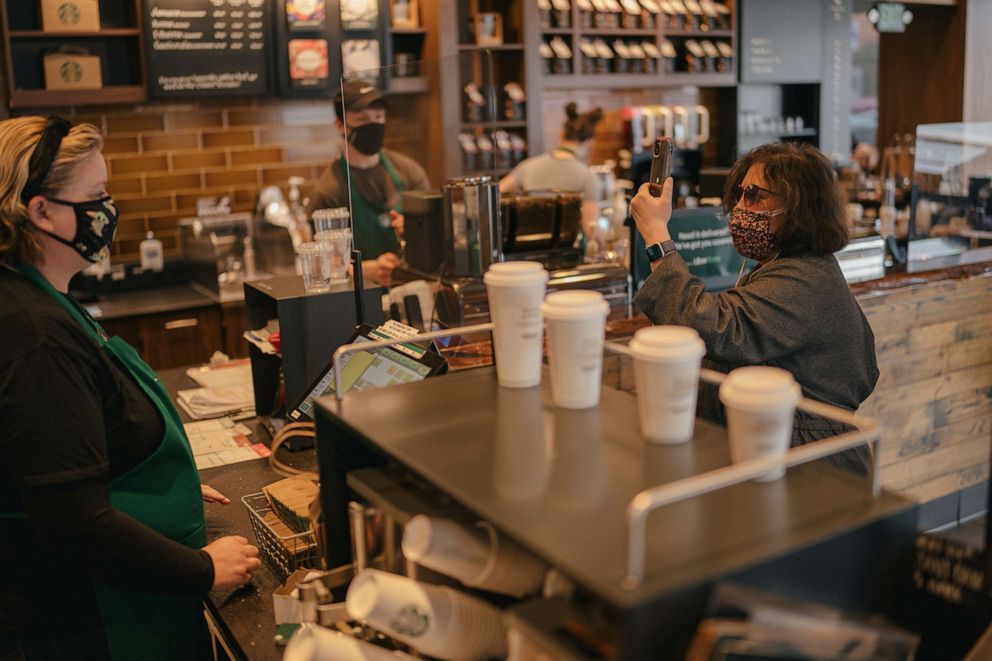
Young said that this was "just a piece of the puzzle" to help customers feel seen and heard and the company has committed resources to cultivate more innovations.
"I'm really excited about every format we're building because at the very beginning we have experts on inclusion and diversity guiding us. At every single point, you don't realize you're making a choice that could be excluding someone," Young said.
The coffee chain will roll out new large-print and Braille menus in all U.S. and Canada stores this summer, which were developed in partnership with National Braille Press.
The company's app and website have also been updated with enhanced accessibility for people with disabilities.
Last year, the Starbucks Accessibility Office worked with its Tryer Center innovation lab and design teams to improve the Starbucks experience for both employees and customers -- evaluating research and feedback from the World Institute on Disability to ensure their team collected data from users with a wide range of disabilities and the disability community.
Starbucks has opened six signing stores globally, including in Washington, D.C. which the company said "serves a prominent community of Deaf and hard of hearing people."
"These stores create career opportunities for Deaf and hard of hearing partners (employees) and offer a distinctive retail experience for the Deaf and hard of hearing community," according to Starbucks.
